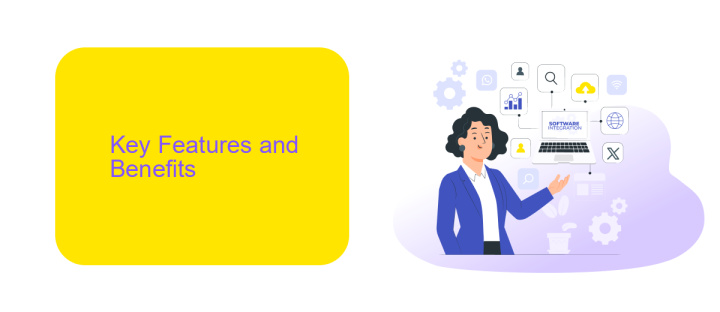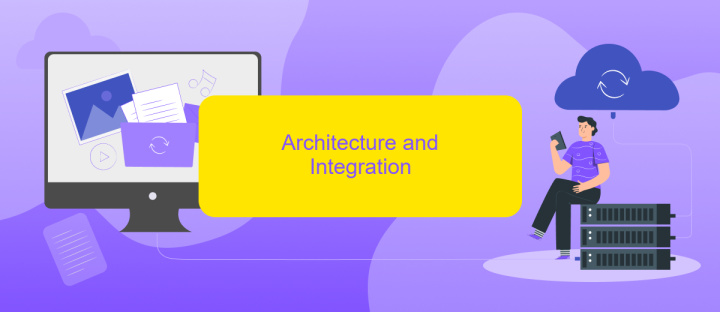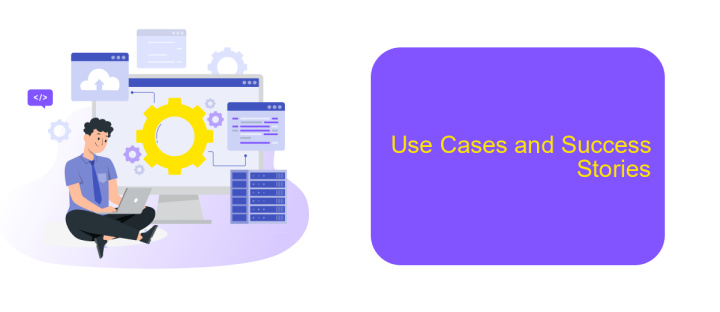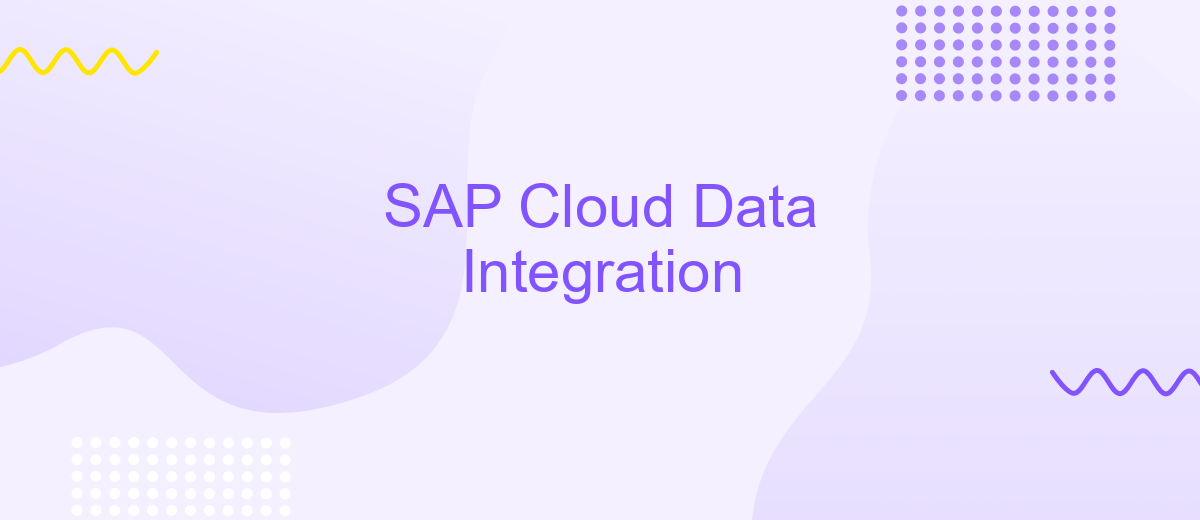SAP Cloud Data Integration
In today's data-driven world, seamless integration of disparate data sources is crucial for informed decision-making. SAP Cloud Data Integration offers a robust solution for businesses to unify their data across various platforms. Leveraging cloud technology, it ensures real-time data synchronization, enhances operational efficiency, and provides a scalable framework to meet evolving business needs. Discover how SAP Cloud Data Integration can transform your data strategy.
Introduction to SAP Cloud Data Integration
SAP Cloud Data Integration is a powerful tool designed to streamline and enhance data management processes within cloud environments. It enables organizations to seamlessly integrate disparate data sources, ensuring that critical business information is readily available and easily accessible. This integration capability is essential for driving data-driven decision-making and fostering operational efficiency.
- Efficiently connects various data sources including on-premise systems and cloud applications.
- Ensures real-time data synchronization and consistency across platforms.
- Facilitates advanced data transformation and cleansing processes.
- Supports scalable and secure data integration workflows.
For businesses looking to further simplify their integration processes, services like ApiX-Drive can be invaluable. ApiX-Drive offers a user-friendly platform that allows for the automation of data flows between different applications and services without the need for extensive coding. By leveraging such tools in conjunction with SAP Cloud Data Integration, organizations can achieve a more cohesive and efficient data management strategy.
Key Features and Benefits

SAP Cloud Data Integration offers seamless data connectivity and integration across various cloud and on-premise systems. Its user-friendly interface allows businesses to effortlessly manage and synchronize data in real-time, eliminating data silos and ensuring data consistency. With robust security measures, it ensures that sensitive information is protected during the transfer process, maintaining compliance with industry standards.
One of the key benefits is its flexibility in integrating with multiple data sources, including third-party services like ApiX-Drive, which simplifies the setup of complex integrations. This enables organizations to automate workflows and improve operational efficiency. Additionally, the platform's scalability ensures that it can grow with your business needs, providing reliable performance even as data volumes increase. Overall, SAP Cloud Data Integration empowers businesses to make data-driven decisions with confidence.
Architecture and Integration

The architecture of SAP Cloud Data Integration is designed to provide seamless data flow between various enterprise systems and cloud applications. It leverages a robust framework that ensures data consistency, security, and real-time integration. This architecture is scalable and can handle large volumes of data, making it suitable for enterprises of all sizes.
- Data Source Layer: This layer includes various data sources such as databases, cloud storage, and on-premises systems.
- Integration Layer: This layer uses middleware solutions and APIs to facilitate data transfer and transformation.
- Application Layer: This layer consists of various applications that utilize the integrated data for analytics, reporting, and decision-making.
- Management Layer: This layer provides tools for monitoring, managing, and securing the entire data integration process.
To enhance the integration process, services like ApiX-Drive can be utilized. ApiX-Drive offers a user-friendly interface and pre-built connectors that simplify the integration of various applications and data sources. By leveraging such services, businesses can achieve faster deployment and reduced operational overhead, ensuring that their data integration processes are efficient and reliable.
Use Cases and Success Stories

SAP Cloud Data Integration has proven to be an invaluable tool for numerous organizations looking to streamline their data management processes. By leveraging its capabilities, businesses can ensure seamless data flow across various platforms, enhancing operational efficiency and decision-making.
One notable success story involves a global retail chain that utilized SAP Cloud Data Integration to synchronize its inventory management system with its online store. This integration resulted in real-time inventory updates, reducing stock discrepancies and improving customer satisfaction. Another success story features a financial institution that integrated its customer relationship management (CRM) system with its core banking software, leading to more personalized customer interactions and improved service delivery.
- Real-time inventory synchronization for retail chains
- Enhanced customer interactions for financial institutions
- Streamlined data flow for healthcare providers
- Improved operational efficiency for manufacturing companies
For businesses seeking to simplify their integration processes, services like ApiX-Drive offer an excellent solution. ApiX-Drive enables easy setup and management of integrations without requiring extensive technical expertise, allowing organizations to focus on their core activities while ensuring their data systems remain interconnected and efficient.
Pricing and Licensing Options
SAP Cloud Data Integration offers a flexible pricing model designed to meet the needs of businesses of all sizes. The pricing is primarily based on the volume of data processed and the number of integration flows deployed. This ensures that you only pay for what you use, making it a cost-effective solution for both small businesses and large enterprises. Additionally, SAP provides various licensing options, including subscription-based and perpetual licenses, allowing you to choose the best fit for your organizational requirements.
To further enhance your data integration capabilities, you can leverage third-party services like ApiX-Drive. ApiX-Drive offers a user-friendly platform for setting up and managing integrations without the need for extensive coding. This can be particularly beneficial for organizations looking to streamline their data workflows and reduce the time spent on manual integration tasks. By combining SAP Cloud Data Integration with ApiX-Drive, you can achieve a more efficient and scalable data integration solution.
FAQ
What is SAP Cloud Data Integration?
How does SAP Cloud Data Integration benefit businesses?
Can SAP Cloud Data Integration be used with non-SAP applications?
What are the common use cases for SAP Cloud Data Integration?
How can businesses automate SAP Cloud Data Integration processes?
Apix-Drive is a universal tool that will quickly streamline any workflow, freeing you from routine and possible financial losses. Try ApiX-Drive in action and see how useful it is for you personally. In the meantime, when you are setting up connections between systems, think about where you are investing your free time, because now you will have much more of it.

